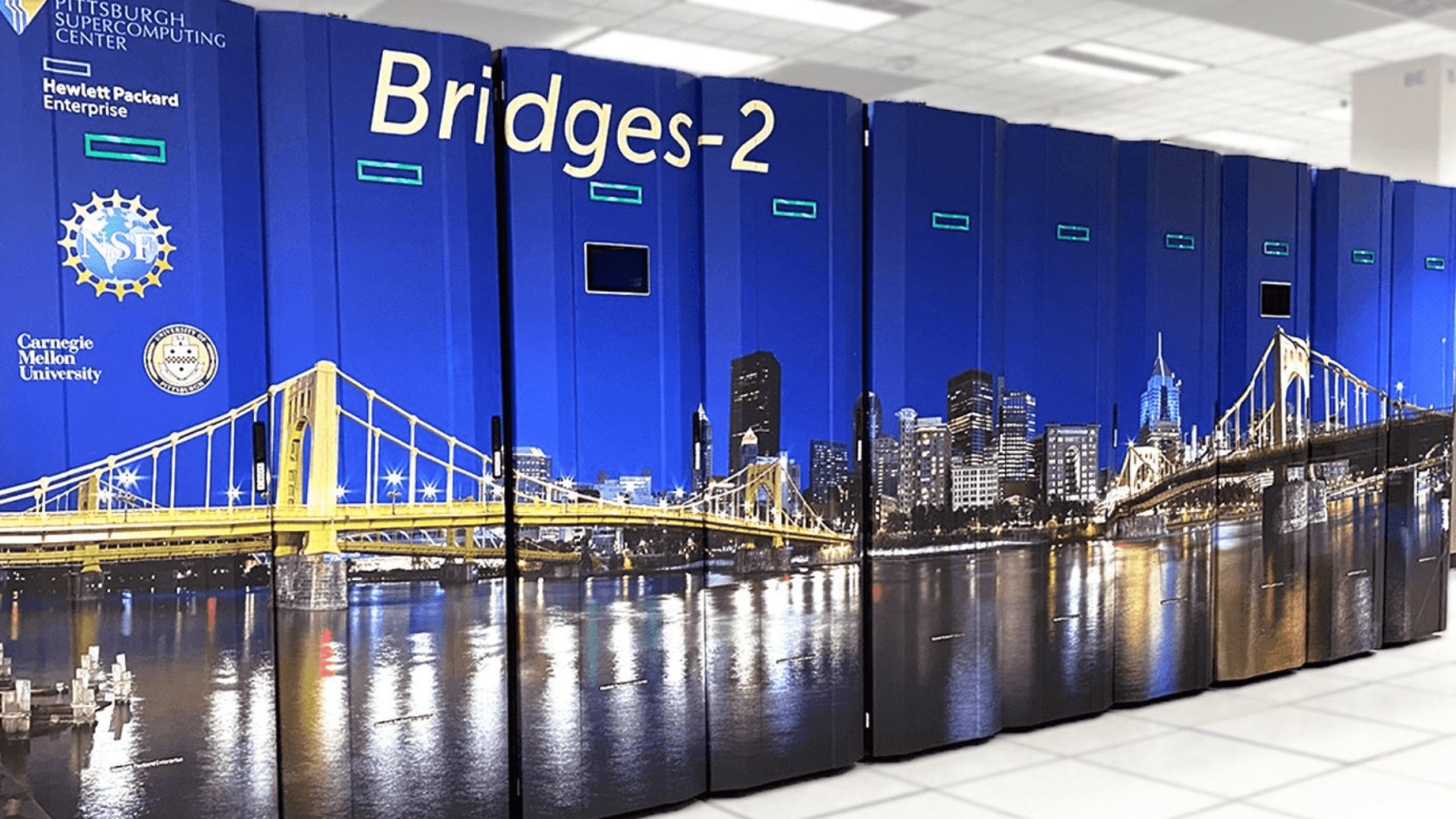In theory, a polymer brush – forests of molecular chains sticking out from surfaces – can be grafted onto the surface of a piston and form permanent lubrication, allowing the piston to slide without ever needing to be oiled. Under the right conditions polymer brushes can also store and then release molecules trapped within them. This could be the answer to a longstanding aim in medicine: a delivery system that releases a drug only in the parts of the body where it’s needed and without side effects.
Before polymer brushes can be designed to accomplish these futuristic jobs, though, they need to be understood well enough to be created in the real world. Using ACCESS resources, Rozita Laghaei, a research scientist at the Pittsburgh Supercomputing Center (PSC), worked with colleagues Afshin Eskandari Nasrabad and Rob Coalson at the University of Pittsburgh (Pitt) to create simulations of polymer brushes in varying configurations to determine whether they perform as expected. To accomplish this, they specifically used an ACCESS allocation on PSC’s Bridges-2 supercomputer.

Polymer brushes … have very interesting applications in technology and even biology or medicine. [For example,] if two surfaces grafted with them pass over each other, they should have a very high lubricating effect.
–Rozita Laghaei, Pittsburgh Supercomputing Center
To carry out the computations, Laghaei employed an application called LAMMPS on Bridges-2. Developed by Sandia National Laboratories in Albuquerque, NM, LAMMPS precisely simulates the behavior of molecules from first principles. This approach focuses on interactions between nearby atoms in a way that allows the problem to be split into many parts that a supercomputer can solve at the same time. Bridges-2’s “regular memory” nodes – which, at 256 gigabytes per node, qualify as “large memory” in many supercomputers – ran the simulations quickly, and generated results that the team could then analyze on laptops.
The research team focused on polymer brushes in two different surface geometries. One was the inside of a cylinder and the other was a flat surface. The brushes contained nanoparticles in both. Simulations of the first showed brushes that were only partially standing up at low temperatures could be engineered to extend fully at higher temperatures. Such a system could form a valve that automatically closes a tiny pipe when conditions change. In the second, flat geometry, a flattened polymer brush surface containing nanoparticles at low temperatures could be made to expand, releasing them, when the temperature increases. The researchers said such behavior could underlie a system that releases a reagent or a drug in target conditions. Their results have been published in the International Journal of Molecular Sciences.
“We are very thankful to ACCESS for the allocation on Bridges-2 at PSC. For this type of calculation, we used significant CPU resources and in this respect, the AMD EPYC processors in Bridges-2’s RM-shared partition compute nodes were very efficient.
Afshin Eskandari Nasrabad, systems administrator, University of Pittsburgh.
This proof-of-concept work showed how polymer brushes can be made to change their behavior when the surrounding environment changes. The team now plans on using ACCESS resources to simulate this work at larger scales with more geometries and additional environmental triggers. They also plan on working with experimentalists to create the concept materials in the real world to measure their properties.

“The continued use of ACCESS resources will let us continue to work on perfecting our simulations to develop polymer brushes that can be used for an array of applications such as drug delivery, permanent machine lubrication, automatic valves and more,” Laghaei said. “Additional applications for this work include toxin sensors, “smart” glues and lots of materials that can be used for targeting specific molecules.”
More information on obtaining an ACCESS allocation can be found here.
You can read more about this story here: Bridges-2 Simulations Reveal Promising Properties of Polymer Brushes
Project Details
Resource Provider Institution: Pittsburgh Supercomputing Center (PSC)
Affiliations: University of Pittsburgh
Funding Agency: NSF
Grant or Allocation Number(s): ACI-1928147, ACI-1548562,
The science story featured here was enabled by the ACCESS program, which is supported by National Science Foundation grants #2138259, #2138286, #2138307, #2137603, and #2138296.


